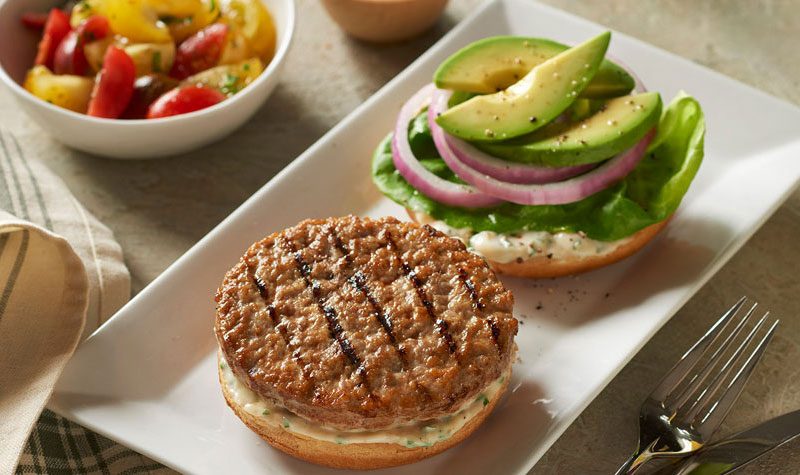8 Ways to Boost Profitability in Your Foodservice Operation
Published on: 08/30/2019 in Profit Driving Tips
Published on: 08/30/2019 in Profit Driving Tips

Food costing is an important profitability indicator for any restaurant. In fact, it can be the difference between a restaurant that thrives and one that fails. Ingredient pricing, food waste and loss prevention are all important aspects of food costs, which typically average 20–35 percent, depending on the type of restaurant.1
When it comes to food costs, every little bit helps, particularly for restaurants with many locations where a few cents here and there add up quickly. Use these tips to help lower your food costs—and increase profits.
Profitability starts long before product enters your restaurant. By selecting premium vegetables, sides and center-of-the-plate proteins, you are elevating your menu. Guests demand transparency and are willing to pay more for it. In fact, 94 percent want restaurants to be more transparent about food.4 Selecting high-quality menu ingredients with premium attributes meets the growing list of customer demands.
Draw attention to more profitable menu items with photos, digital menu boards and server recommendations. And never underestimate the daily special: You can use this old standby to use up overstocked or near-expired food items.3 You can also use the daily special board as an opportunity to test out premium upgrades such as responsibly-raised, no antibiotics ever meat.
This is not only good for food costs, it ensures a consistent experience for customers, especially across chain locations. Train cooks to use portion scales, ladles or other measuring devices for sauces, cheese, meat and other ingredients. Monitor how much food is left on patrons’ dishes and adjust portion sizes accordingly.1
When ordering fruits and vegetables, review produce specifications carefully—lots of savings can be found here. For example, Number 1 grade avocados are unblemished, while Number 2 grade avocados may have some bruising. If your restaurant is a Mexican concept serving large amounts of guacamole, the cheaper option works perfectly fine.2
This may not work for every restaurant—you’ll want to compare your food cost savings to labor costs—but some restaurants can save money by doing more prep work. Instead of buying shredded lettuce, buy heads and chop them yourself. Make your own hamburger patties or break down a whole bird.2 You can then use the scraps (such as vegetable peels and stems, bones and bits of skin) to make stocks, citrus vinegars, soups and more.
Make sure employees understand that they are part of keeping food costs low. Cashiers should be equipped to answer guest questions and use the POS system to notate special orders. Cooks should be trained to look for special instructions and take the time to prepare each and every order correctly.3
It’s no fun to think about your employees stealing, but loss prevention is directly associated with food costs. Comped food, free drinks and extra-generous employee meals add up. And it’s not just hourly employees—four out of 10 manager codes are used fraudulently.3
When McDonald’s got into the chicken wing game in 2013, prices temporarily spiked. Then the offering subsequently underperformed, sending prices plummeting. In August 2018, Restaurant Business reported that chicken wing prices were down 32 percent over the past year due to shifting consumer preference for boneless chicken.4 Lesson: national and global trends can impact food costs, and it can be difficult to determine for how long.
Calculating food costs can seem like a daunting task, but it is absolutely essential to your restaurant’s success. Not only does it positively impact your bottom line, it’s good for the flow of your business, the environment and employee morale.